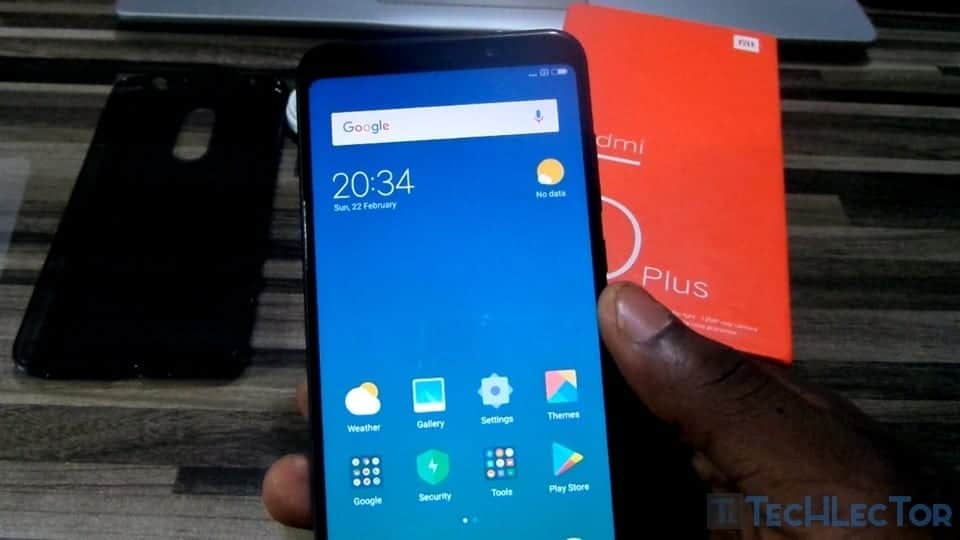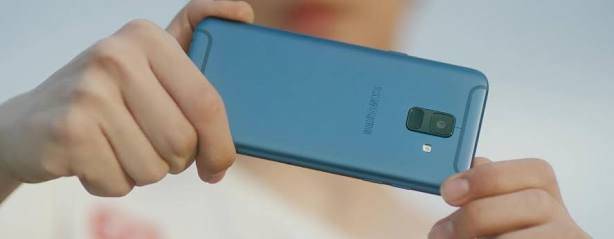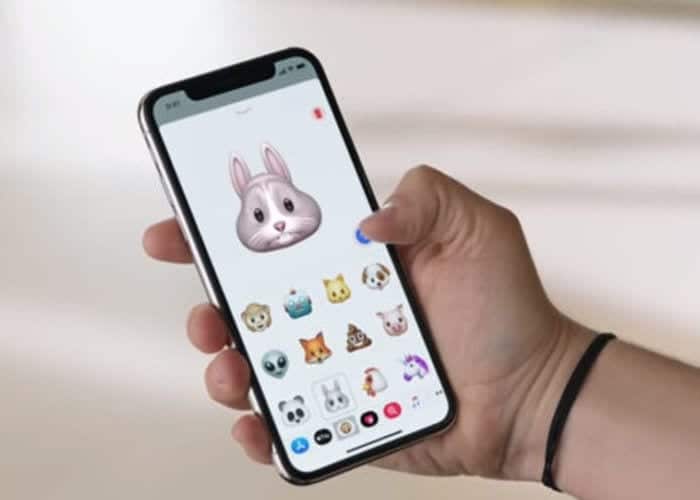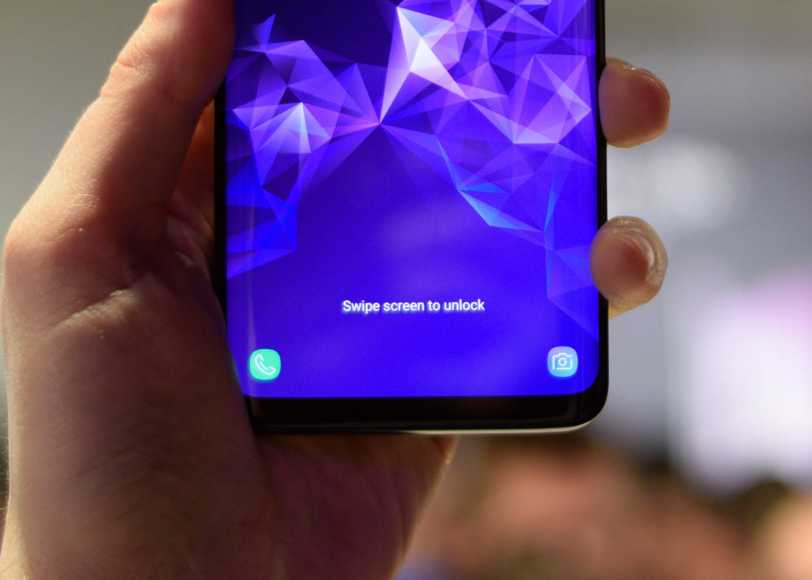Looking at the trajectory of smartphones over the last few years is synonymous with seeing how innovation has begun to shine by its absence. With the passage of time, we have seen how smartphones have become thinner, bigger and more compact, more beautiful, more powerful (and more expensive), but they have not stopped being smartphones, after all. In one way or another, the only difference between a phone made in 2015 and one in 2024 is the gross power of its components and improvements in some existing aspects, but nothing more.
Page Contents:
I think the emergence of the era of smartphones can be established on January 9, 2007, when Steve Jobs took the stage to show us the first iPhone. It was at this time that Jobs established the parameters that, 11 years later, we continue to follow in the mobile phone industry. Looking at it with perspective, the main difference between the original iPhone and any mobile phone today is quality and power, but, for practical purposes, they remain the same and satisfy the same needs.
This has become even more evident in recent years. I remember how, a long time ago, the Mobile World Congress was expected with a great expectation and enthusiasm to see what brands would do and what would be the next crazy invention that would revolutionize the industry. How have these last 4 MWC been? Saving a couple of specific things, has there been an innovation that changed the world? What has been the invention with which we are left with an open mouth?
Some people will say that the curved screen, the double camera, the HDR screens… But I do not think so. After all, these implementations are added, improvements to what already exists. If we have a screen with frames, it is normal for evolution to be directed to screens without frames. If we have a camera, it is normal for the camera to improve. If we have a screen that looks regular, it is normal that it seems better and better. If last year’s phone was fast, this year’s phone should go even faster. They are improvements, but they do not change anything.
The cycle of innovation, or when there is no longer a need to satisfy
When we talk about innovation in the business world, we usually talk about a process made up of the following stages:
- Identify opportunities and generate ideas.
- Evaluation of ideas.
- Prioritization of ideas.
- Definition of projects.
- Execution.
- Tracing.
As you can see, the first, the most important, from which everything emerges, is the identification of opportunities. Why Jobs’s iPhone triumphed scandalously and inspired all the other companies in the path of smartphones? Because he knew how to see an opportunity where no one else had seen it, and he made it happen. People wanted multimedia content (“iPod“), communicate with their contacts (“Phone“) and access the Internet (“Breakthrough Internet Communicator”). Three needs, the same ones that we still have today, satisfied in a single device.
That’s why smartphones are sold, that’s why there is a multi-million dollar global market around mobile phones. Because, if you stop to think about it, there is not a single need that you can not satisfy with or through your device – except strictly human ones. Apple was able to see this, and other brands were inspired by their model and launched their smart devices (that’s the market, after all). Both the iPhone and Android smartphones, which I put in the same bag, satisfy the same needs only in a different way. They are the same with other colors and other forms, but their idiosyncrasies are the same.
Years passed, the phones evolved with more screen, more RAM, more apps, more capabilities, more “everything you want,” satisfying all the needs that were possed, until a few years ago. From a few years ago until now it seems that a kind of roof has been touched that prevents the market from growing, which slows down innovation, and this is something completely natural that was slow to arrive.
How to innovate when the needs are the same?
Now we play more, and we communicate more, we are more hours stuck to the screen… but we continue doing exactly the same things. The behavior of the user is the same as it was a few years ago, only now it is longer and faster. If in 2010 you played half an hour, today you play three 45-minute games to PUBG. If you used to read online sporadically, today you do it as a rule. It is the same, but with a more satisfying experience. However, the concept of a smartphone is precisely identical.
This is causing something that we have seen for some time: innovation has resulted in incremental improvements. Did you have a camera last year? Well, take selfies and portrait mode. Ah, what are emojis used now? Well, animojis. Do you like to play on your mobile? Here you have a smartphone for gamers, which is the same only as more powerful and with another name. Do you see where the shots go? The concept of a smartphone has not evolved, it has only improved.
What brands have been doing in recent years is to establish themselves as references in a specific field – camera, power, quality-price, screen… Is this innovating? Yes. Is it a disruptive innovation? Do not.
After all, the user’s needs are the same, and nothing better than photography to see it. If you want to take pictures, it is normal for the camera to improve, but it will continue to do exactly the same – take pictures. You can make great night shots, you can recognize objects and situations, it can help you improve your photography, but the result will always be the same – a photo.
You can do the same with any field that comes to mind. Think about your day to day, how you use the phone. Has it changed in recent years? Do you do something now that you did not do five years ago? No, you just do it more efficiently and quickly, but it’s the same. Playing is playing, with better or worse graphics; listening to music is listening to music with more or less quality; read news is to read news late 1.2 or 1.3 milliseconds in loading the web. It’s the same, but better.
“It’s the same but better” is a slogan that could have been used in the presentations of all the brands of the last four or five years.
The end of innovation
The problem of the roof in which the industry is located is that it is not technological or technical, it is human. One of the laws of marketing is that you cannot create needs in the consumer. The consumer has basic needs, and you, as a company, can satisfy them better or worse, but not create them. There is no need for a smartphone, but a need to relate to our peers. The smartphone only helps you satisfy it. This is just one example of the thousands there are.
So far as there are no new needs, in as much as they are all covered, you can not innovate in a disruptive way, you can not do something that revolutionizes the concept of a smartphone as we know it, as Jobs did with the iPhone and the concept of “mobile phone”. The industry has peaked, and now it can only expand towards the sides, towards certain segments. If any company manages to revolutionize the concept of smartphone, your invention will not be a smartphone, it will be “something else”. That “other thing” is what we have been seeing since 2007.
The future of the technology sector
There will be those who, reading these lines, think that I am crazy, that this has only just begun and that smartphones still have a lot to say. I, for my part, believe that the future moves towards other paths, specifically towards Virtual Reality and Artificial Intelligence. We are now beginning to see the first glimpses of what will be the technology of the future. Virtual reality elevates the concept of interaction to the next level and the social capabilities of the human being to the nth degree. That’s something that a smartphone can not do, at least now and until proven otherwise.
These two technologies are expensive, they are not for everyone and are in the experimental phase, but they are the leap that the smartphones and technology sector needs to give so that it can continue to advance. The question is who will be the one who stays with the point, who will be the Apple of the AI and the RV. Everything points to Apple, Google, Samsung, Amazon or Facebook, but only time will tell. At the moment we have to keep waiting.





